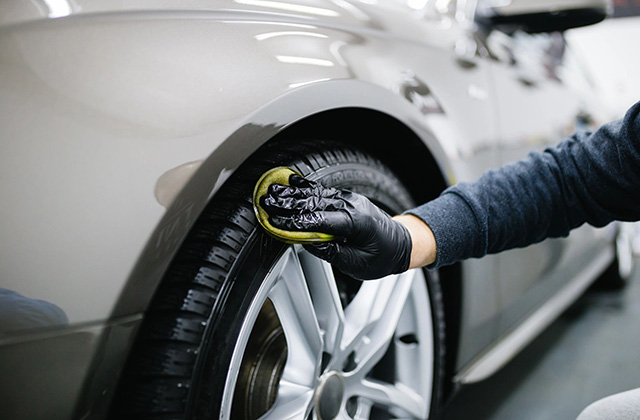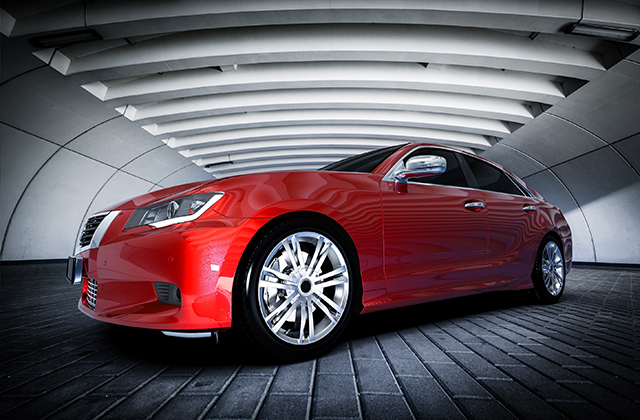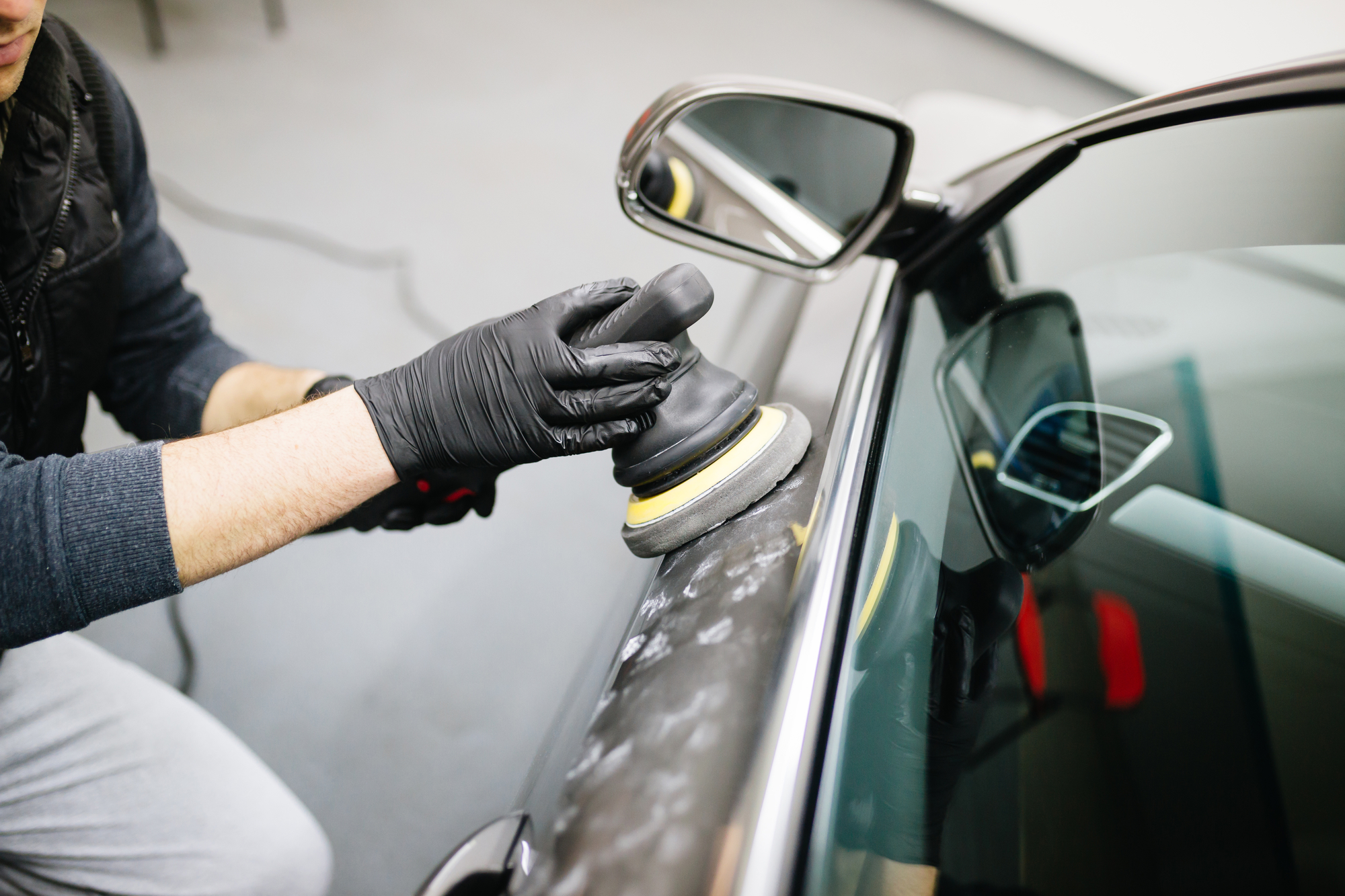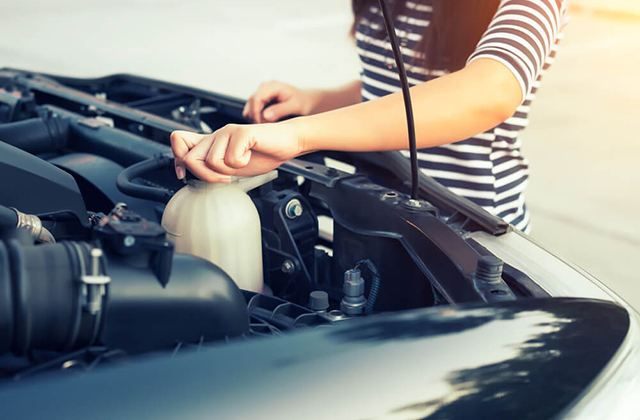I really do agree that carnauba wax becomes a powerful and lasting paint protection product. Have you ever wondered how car washes manage to clean your car in less than 10 minutes? With a bucket of soap water and a sponge, it took me over 30 minutes to properly clean up my 2003 Chevy. But the same takes just 5 minutes at my local car wash. Well, once I got an appropriate pressure washer for my car, I took just 10 minutes to clean up the car, both outside and the inside. So, whether you are planning to start a car wash business or just take care of your own car, you need a pressure washer. Mixed with the right chemicals, you can enjoy a clean ride that looks great and attracts attention. Once you have a little carnauba wax loaded onto your applicator, apply to the paintwork using small circlular actions (or straight lines if you are more comfortable doing it that way) to work the wax into the paint.
Before I share the steps to clean a car with a pressure washer, here is another reason why you should be using a pressure washer and not a bucket of soap water. Salt laden air up north tends to percolate on the road and eventually forms a layer on your vehicle every winter. The same is applicable for cars operating in dusty and dirty gravel roads. This layer of salt of dirt can often damage paint or at the very least the shine. Washing cars often helps in maintaining the shine and keeps them looking amazing for over a decade without the need to repaint. A pressure washer helps in this process by making it a simpler task than it actually is.
What You Will Require To Pressure Wash Your Car
You need a commercial grade inexpensive pressure washer that can generate a nominal 1200 PSI and 1 GPM at least. Cars do not require heavy duty pressure washers. In fact, too much pressure can damage the paint and leave water stains.
The Precautions Before Pressure Washing
Before you begin, first park your car away from the house or garage. You do not want to damage the walls of the garage or the outside of the house with the pressure washer.
Also, if you have scratches on your car, you should cover these areas with a tape so as to prevent water from percolating on the exposed metal part and rusting it from the inside.
Pressure Washing Procedure
- To start with, first connect the pressure washer to a water source and then turn the machine on.
- First rinse the car completely with water to get rid of any loose dirt and dust accumulated on the surface. Then use a chemical cleaning solution that is designed for cars, applying it all over the car. Be sure to follow the directions mentioned on the chemical packaging.
- Next, with the 25 degree spray tip, start washing the car from the top and working your way to the bottom. Make a few overlapping passes too. Use a PSI setting of 1200 PSI but keep it below 2000 PSI.
- Excess pressure tends to strip away decals and pin striping. But for the tires, truck bed, rocker panels and wheels using higher pressure helps as it removes dirt and grime easily from rubber and the crevices.
- Next with the 40 degree spray tip start rinsing the car exactly as you did before. You may choose to dry the car in between before using the 40 degree spray tip.
- If your car suffers from spotting and you wish to completely get rid of this then use a non-spotting rinse solution. Either apply this solution over the affected regions of the car or mix it into the tank of the pressure washer.
Spray Tips Overview:
- 0 Degree Tip RED – Not at all recommended for washing cars with since it projects a concentrated and high pressured water jet.
- 15 Degree Tip YELLOW – Best for using with a car for the second rinse cycle after applying chemical solution all over it.
- 35 Degree Tip GREEN – This is great for occasional quick washes to eliminate salt and dirt deposits.
- 40 Degree Tip WHITE – This provides the least impact but it is great for the windshield, decals and pin striping regions.




